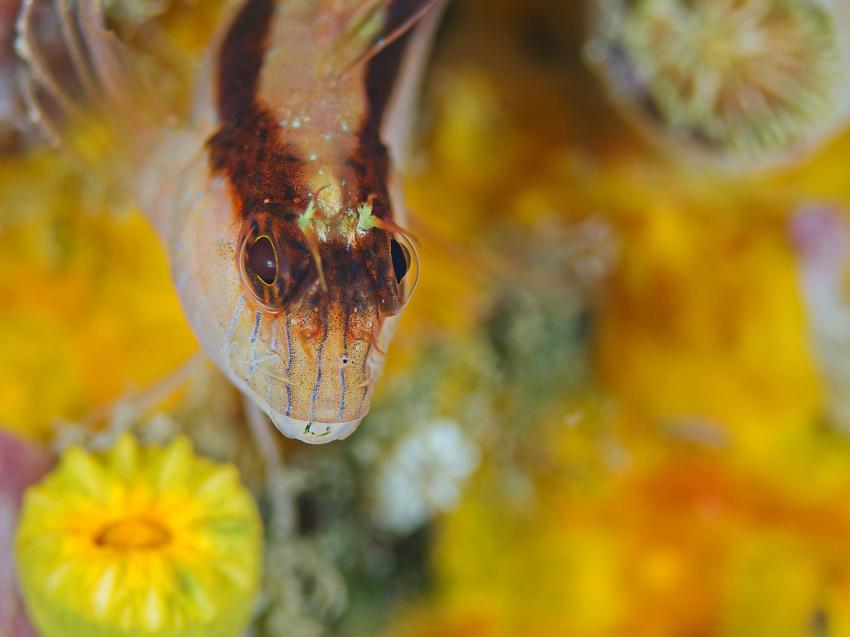LIVEABOARD DIVING IN Italy

0
liveaboards
Italy is located in Southern Europe. Diving in Italy is very popular and the country features a few very good locations. Our knowledge of scuba diving in Italy will help divers choose the best diving spots to suit their interests and have an unforgettable diving experience. Divers visiting Italian islands can expect to see a wide variety of benthic and pelagic life that includes red coral, colored gorgonians, snapper, tuna, scorpion fish, lobster, octopus groupers, barracuda, and other species. The lucky diver might also see turtles, small sharks, and dolphins. Dive sites are suitable for divers of all levels, from beginner to advanced, including technical diving. Elba, Sardinia, Sicily, The Tremiti Islands, and Ustica are renowned among the international diving community, and a lot of tourists come to experience the local diving opportunities. The fantastic coasts of Siracusa, Taormina, and Liguria also see their fair portion of diving tourism. Some of the top dive sites in Italy are Albenga, Attilio Deffenu, Christ of the Abyss, Grotta Niedda, Haven wreck, Genova and KT wrecks, Punta della Torretta and Pontida. Liguria region includes such beautiful places as Portofino and its Promontory as well as Rapallo, Sestri Levante, and Santa Margherita. The Promontory of Portofino towers 600m above the sea and the whole area is a natural park. Diving in the marine park is famous for its spectacular coral fields and coral-covered walls encrusted with vibrant red corals, violet gorgonian, and yellow cluster anemones. There are a few interesting World War II Wrecks in the area, one located in the main park and 2 more a short distance away. The Haven, the largest wreck in the world, is located close by and can be easily accessed from Santa Margherita. There are more than 20 dive sites within 15 minutes of the port, all reachable by boat. On the west coast of Italy lies the Naples Bay area known for its numerous caves and caverns where divers have a chance to see plenty of small colorful fish, seahorses, octopuses, moray eels, and other species. Following around the heel to Gallipoli, visitors can explore 2 major wrecks: HMS Quail (80m/262ft) and HMS Regent (35m/114ft). The Isole Pontine, an archipelago that includes Ponza and Ventotene Islands, is located near Rome. Diving here, visitors can enjoy nice banks at reasonable depths that are full of red coral. Tuscany and Elba Island have a lot of dive centers. Visiting divers can schedule a guided tour and observe numerous kinds of pelagic animals and breathtaking drop-offs. Another paradise for divers is Sardinia. It features world-class diving with intricate caves, coral formations, and numerous underwater creatures. The Secca del Papa of Isola Tavolara and Costa Smeralda are considered the best sites in this part of the world, although, due to their depth of 30m/98ft to 50m/164ft, diving them is recommended for experienced divers. The Tremiti islands feature some exceptional growths of Georgian fans of various colors. Moving north up the Adriatic coast, the Conero Peninsula offers good shore, reef, and some excellent wreck diving. Among the sights to see are the wreck of the cargo vessel Photos, which sank in 1962 near two rock pinnacles called The Two Sisters, off the coast of Ancona
When To Go Diving in Italy
The climate is Mediterranean. The average annual water temperature usually ranges from 15C/59F to 26C/79F and air temperature from 18C/64F to 35C/95F, depending on the season. Optimum conditions for diving are usually April through October. The visibility varies between 15-40m/50-130ft; currents are rare and mostly mild